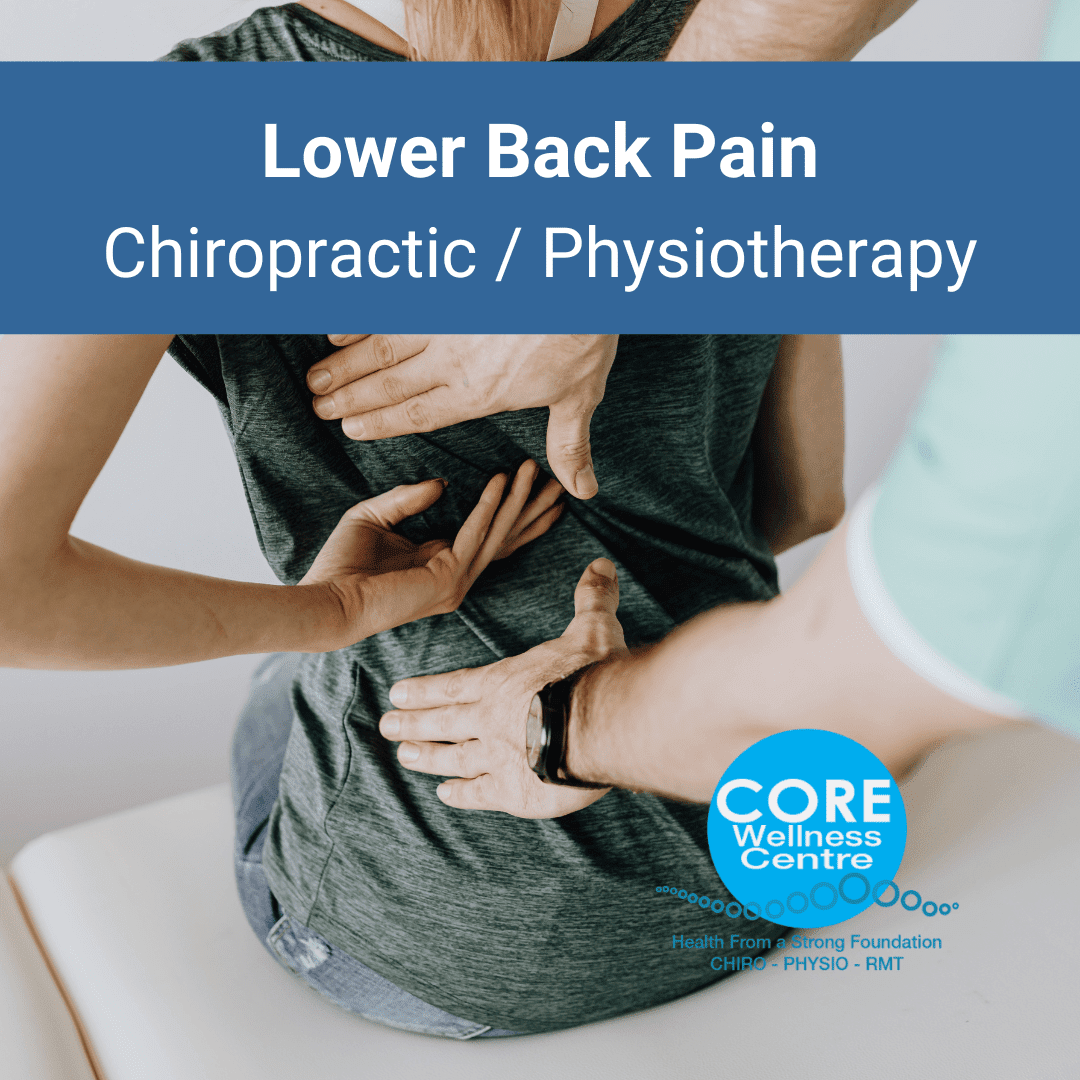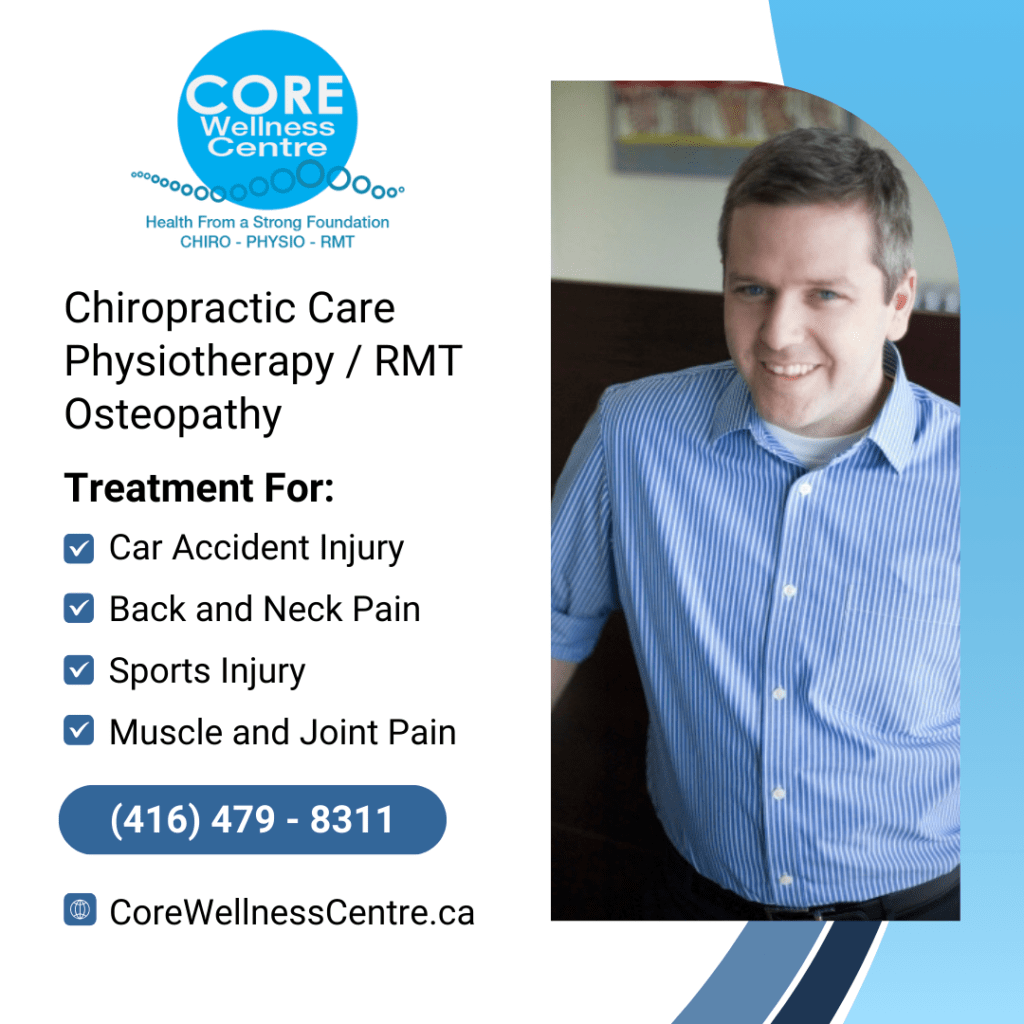
When back pain won’t go away despite rest and basic treatments, it can significantly impact your quality of life, work productivity, and overall well-being. Understanding why persistent back pain occurs and knowing effective treatment options can be the key to finding lasting relief.
Lower back pain affects up to 90% of the global population at some point during their lifetime, making it one of the most prevalent health concerns worldwide.
Understanding Why Your Back Pain Won’t Go Away
The Complex Nature of Lower Back Pain
Lower back pain is not a disease itself but rather a symptom of underlying physical problems. The lumbar spine is an intricate structure comprising multiple interconnected components that must work harmoniously to maintain proper function and prevent pain.
The lower back consists of:
- Muscles and tendons: Supporting structures that provide stability and movement
- Ligaments: Connective tissues that hold bones together
- Spinal discs: Cushioning structures with gelatinous cores that absorb shock
- Nerve roots: Sensitive pathways extending from the spinal cord to legs and feet
- Facet joints: Small joints that allow spinal movement
- Vertebrae: The bone structures forming the spinal column
When any of these delicate components become compromised, it can result in persistent pain that refuses to resolve on its own.
At Core Wellness Centre in Toronto, we offer direct billing and online billing and facilitate your claims for you! Our facilities include spinal decompression, y-axis traction, vibration machines and physiotherapy along with personalized treatment plans when your back pain won’t go away.
Read more about the pros and cons of spinal decompression here.
Don’t Endure Any More Pain!
Call Us Today (416) 479 – 8311. We’re Here To Help!

Statistics and Impact of Chronic Back Pain
Research demonstrates that lower back pain is the second leading cause of work absenteeism, surpassed only by the common cold. In North America, it represents the most common neurological complaint after headaches.
The economic burden of persistent back pain is substantial, with direct medical costs exceeding $50 billion annually, alongside significant lost productivity due to missed work days.
Beyond financial impacts, chronic back pain reduces quality of life and functional capacity while increasing the risk of depression and anxiety, creating a complex cycle that affects both physical and mental well-being when your back pain won’t go away.
Types of Back Pain: Acute vs. Chronic
Acute Back Pain Characteristics
Acute back pain typically:
- Lasts from a few days to several weeks
- Often results from sudden trauma or injury
- Is usually mechanical in nature
- Responds well to conservative treatment
- May resolve with rest and basic interventions
Chronic Back Pain: When Pain Persists
Chronic back pain is defined as pain lasting three months or longer.
This persistent pain often indicates:
- Underlying structural problems
- Incomplete healing from previous injuries
- Progressive degenerative changes
- Complex pain patterns involving multiple structures
When back pain won’t go away after the expected healing time, it’s crucial to seek professional evaluation to identify contributing factors and develop an effective treatment strategy.
Red Flags: When to Seek Immediate Medical Attention
While most back pain is not dangerous, certain warning signs require urgent medical evaluation:
Emergency Symptoms
Seek immediate care if you experience:
- Back pain following significant trauma (falls, accidents)
- Fever and chills accompanying back pain
- Severe leg weakness in one or both legs
- Loss of bowel or bladder control
- Progressive numbness in the groin or leg areas
- Intense, continuous abdominal pain with back pain
Progressive Symptoms Requiring Professional Assessment
Schedule prompt evaluation for:
- Pain that worsens despite rest and conservative care
- Numbness or tingling extending into legs or feet
- Pain that interferes with sleep for multiple nights
- Difficulty performing daily activities
- Back pain that won’t go away after 6-8 weeks
Common Causes of Persistent Back Pain
Structural Issues
Herniated Discs: When the soft inner core of a spinal disc protrudes through the outer layer, it can compress nearby nerves, causing persistent pain and neurological symptoms.
Spinal Stenosis: Narrowing of the spinal canal can compress the spinal cord or nerve roots, leading to chronic pain and mobility issues.
Degenerative Disc Disease: Age-related wear and tear on spinal discs can cause chronic inflammation and pain.
Facet Joint Dysfunction: Problems with the small joints connecting vertebrae can create ongoing discomfort and stiffness.
Muscular and Soft Tissue Problems
Muscle Imbalances: Weakness in core muscles or tightness in hip flexors can create ongoing strain on the lower back.
Trigger Points: Localized muscle knots can refer pain to other areas and perpetuate chronic discomfort.
Fascia Restrictions: Tight connective tissue can limit movement and contribute to persistent pain patterns.
Lifestyle and Ergonomic Factors
Modern lifestyle factors significantly contribute to persistent back pain. Poor posture from prolonged sitting, forward head posture, and rounded shoulders creates chronic stress on spinal structures, leading to muscle imbalances and joint dysfunction.
Work-related activities or sports involving repetitive motions can result in overuse injuries that develop gradually over time. Additionally, a sedentary lifestyle weakens the supporting muscles around the spine and reduces overall spinal flexibility, making the back more vulnerable to injury and slower to heal when problems occur.

The Core Wellness Centre Approach: Comprehensive Care for Persistent Back Pain
Evidence-Based Treatment Methods
Chiropractic Adjustments: Precise spinal manipulations help restore proper joint function, reduce nerve interference, and promote natural healing processes.
Physiotherapy: Our licensed physiotherapists utilize therapeutic exercises, manual therapy techniques, and modalities to improve strength, flexibility, and functional movement patterns while reducing pain and preventing re-injury.
Osteopathy: Osteopathic treatment focuses on the body’s interconnected systems, using gentle manual techniques to restore balance, improve circulation, and enhance the body’s natural healing mechanisms.
Soft Tissue Therapy: Manual techniques address muscle tension, trigger points, and fascial restrictions that contribute to ongoing pain.
Exercise Rehabilitation: Customized exercise programs strengthen supporting muscles, improve flexibility, and enhance spinal stability.
Postural Correction: Digital posture analysis identifies alignment issues that perpetuate back pain, followed by targeted interventions.
Lifestyle Modifications: Education on ergonomics, movement patterns, and daily habits that support spinal health.
RMT Registered Massage Therapy Integration
Our RMT registered massage therapists work collaboratively with chiropractic care and physiotherapists when your back pain won’t go away to:
- Reduce muscle tension and spasms
- Improve circulation and tissue healing
- Address compensatory patterns
- Enhance treatment outcomes

Comprehensive Assessment Process
When back pain won’t go away, thorough evaluation is essential to identify the underlying causes and develop an effective treatment strategy.
Our comprehensive assessment begins with a detailed history where we explore your pain patterns, specific triggers, and any previous treatments you may have tried. This information helps us understand the timeline of your condition and identify potential contributing factors.
Following the history, we conduct a thorough physical examination to assess joint function, muscle strength, and any nerve involvement that may be contributing to your persistent pain.
Movement analysis forms another crucial component of our evaluation process. By observing how you move during various activities, we can identify compensatory patterns and functional limitations that may be perpetuating your back pain.
Additionally, we utilize digital posture analysis technology to detect subtle postural imbalances that traditional observation might miss, providing valuable insights into biomechanical factors contributing to your persistent discomfort.
When Imaging is Necessary
While most back pain conditions don’t require immediate imaging studies, there are specific circumstances where X-rays or advanced imaging may be recommended.
Our clinical expertise allows us to determine when imaging is truly necessary versus when conservative care should be the primary focus.
Chiropractic Care When Back Pain Won’t Go Away
When back pain won’t go away, it’s important to remember that effective treatment options exist. With proper diagnosis, comprehensive care, and patient commitment, most people can achieve significant improvement in their symptoms and return to normal activities.
At Core Wellness Centre, our goal is to help you understand your condition, address underlying causes, and develop strategies for long-term spinal health when your back pain won’t go away. Dr. Kris and our team of professionals are committed to providing evidence-based care that gets you back to living without pain.
Dr. Kris chiropractor in Toronto, is a “whole person” doctor who views back pain as unique to each patient. Chiropractic care includes adjustments, exercise programs, a digital posture analysis and report of findings.
Don’t let persistent back pain control your life. Contact Core Wellness Centre today to schedule a comprehensive evaluation and begin your journey toward lasting relief.
Call us on (416) 479 – 8311 or
easily schedule your appointment below!

